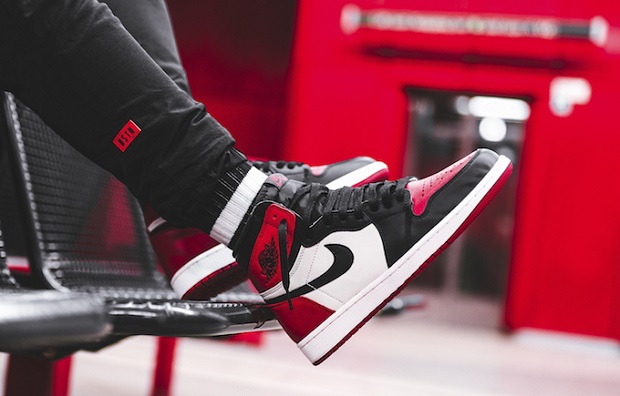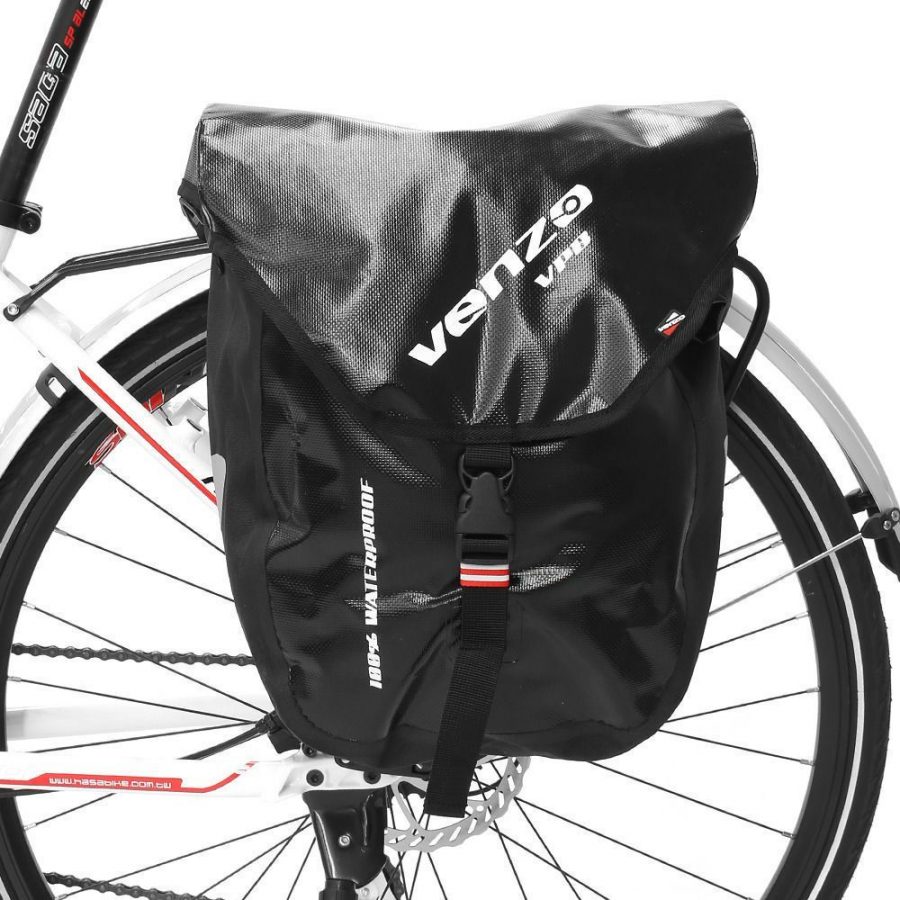Knitting Hooks: Choose Right & Get Hooked on This Creative Hobby
Knitting used to be an everyday activity for our grandmothers. But it seems that over time it became a little forgotten. You can buy everything today, so why bother, right? Well, nowadays many people love going back to basics and knit something with their own hands. Besides being able to turn yarn into a soft sweater or scarf all by yourself, knitting also makes for a relaxing hobby. Many knitting enthusiasts say that the repetitive movements help them relax, similar to meditation.
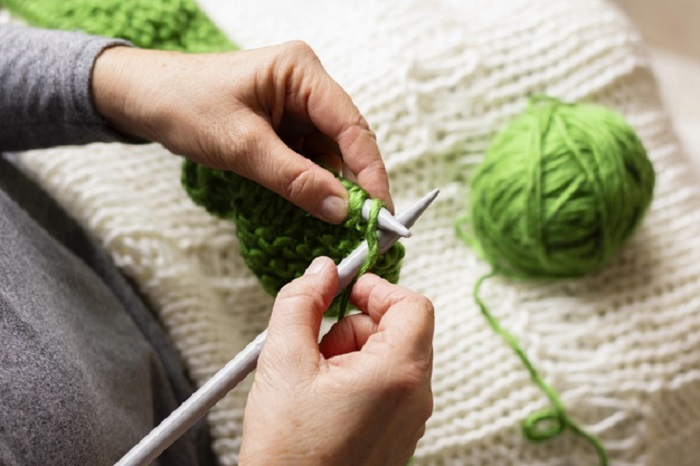
Source: Freepik
Besides knowing how to do it, you also need the right tools to get started with knitting. Various knitting patterns require not only your time and effort but also suitable knitting needles and hooks. If you are new to knitting, perhaps you’d like to learn more about knitting hooks.
The right knitting hooks can help you create the perfect results by increasing your dexterity and allowing you to knit in intricate patterns. Also, let’s not forget that once you get hooked on knitting, your obsession with knitting supplies will become enormous. So, let’s learn a thing or two about these valuable knitting tools.
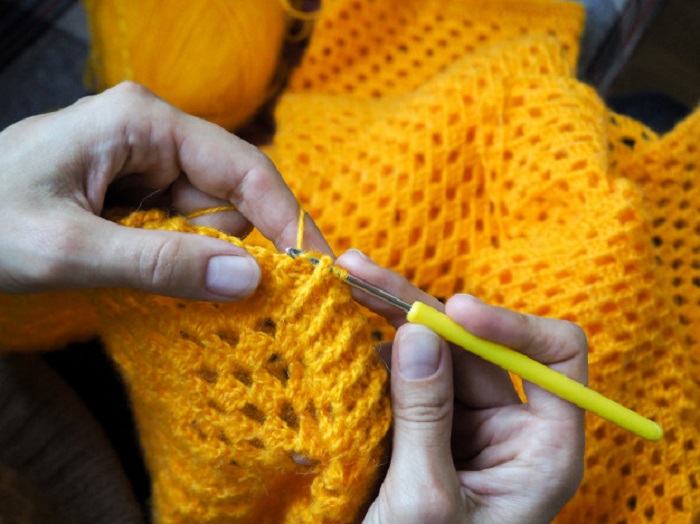
Source: Freepik
What Kinds of Knitting Hooks Are There?
Before you buy knitting hooks, make sure you know what you’re looking for, because the market is abundant with different types. Many knitters are eager to buy a pair of new needles for every knitting project they start. You don’t have to buy all of them at once. Allow yourself to gain experience and knowledge, and the stack of knitting hooks will grow over time. Anyway, here are the different types of hooks you will need for your craft.
Circular Hooks
You have probably seen knitters use two needles connected to a cord. These are the so-called circular hooks. They work well for larger projects such as blankets. Circular hooks can hold more stitches than any straight hook and are often used for projects that are worked in the round such as the body of seamless sweaters or hats.
Their size and cord length vary from 22cm to 152cm. If you plan on becoming a big-time knitter, you should get this kit. This is a smarter investment instead of buying new pairs of hooks for every project you do. The practical side of these hooks is that you can always scrunch the stitches onto the cord if your project requires larger needles.
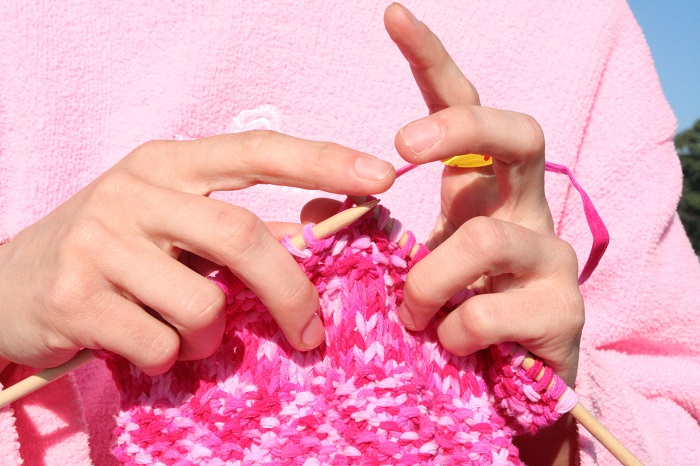
Source: wikipedia
Double-Point Hooks
Often used for smaller projects such as mittens or the crown for a hat (projects that are joined in the round), double-point hooks usually come in a set of four or five. Both tips of these hooks are pointed, so you can do your project from every end. The double-point end allows you to join the needles in a round knit.
If you’re a beginner, you can start with bamboo double-point hooks. Bamboo isn’t slippery and offers great grip, so you won’t have troubles “losing” the stitches. Aluminium double-point hooks, on the other hand, are slippery and can be quite challenging for people who are just learning to knit.
Straight Hooks
As the name suggests, these hooks are straight and are used for knitting scarves or any other rectangular project that doesn’t involve twists and turns.
How To Choose The Right Hooks?
Now that you know what kinds of hooks are out there, it’s time to pick the right ones. Most labels of yarn point out what type and size of needles you need, so this eases up things a lot. Before we continue to hooks sizes, let’s check out the materials hooks are available in and some specialised types of hooks.
- Aluminum
These come in various sizes and let you crochet smoothly and fast. The con here is that they can easily slip out from the stitch (especially if you’re a beginner). So, it may be smart to advance to aluminium hooks only once you get the hang of the craft.
- Steel
This material is used for quite small hooks that are used for fine thread crochets like doilies.
- Plastic
The market is abundant with plastic hooks that come in various sizes. Often, they are big and made of hollow plastic. One of the great things about these hooks is that they’re lightweight so you could use them for a long time without your hands getting tired.
- Bamboo
Lightweight and comfortable in your hands, bamboo hooks are excellent when you don’t want the needle to slip out of the stitches. These needles are also a more eco-friendly option than plastic ones.
- Knook
These needles have a long crochet hook with a hole in the end. You can thread yarn through the hole and create stitches that look like crochet.
- Tunisian
These are longer than regular hooks and do not have a fat thumb grip. As a result, they can hold many loops on the hook at the same time without them being stretched to different heights.
- Ergonomic
These hooks have large and soft handles where you place your fingers. They are designed to reduce strain in your hands when you hold them for a long time.
Once you learn how to knit, there’s no limit to the things you can create out of yarn. If you remain interested and don’t give up, you’ll get hooked for life.
